Surface Center
Painting, assembly work, printing and foil application
PolyurethanE
Surface Center
More than "just" beautiful surfaces.
Thieme paints for you on a highly efficient, fully automated painting system with water-based paint systems.
The surface refinement of polyurethane (PUR) moldings does not only serve aesthetic purposes, but must also meet functional requirements such as mechanical and chemical resistance, printability or electrical conductivity.
- Optical effect (colour, gloss level, effect image)
- Mechanical resistance (abrasion, impact, deformation)
- Chemical resistance (alkalis, acids, solvents, hydraulic oils, coolants)
- Climate resistance (indoor/outdoor room climate, outdoor climate)
- Special requirements (e.g. printable by pad or screen printing, weldable, adhesive)

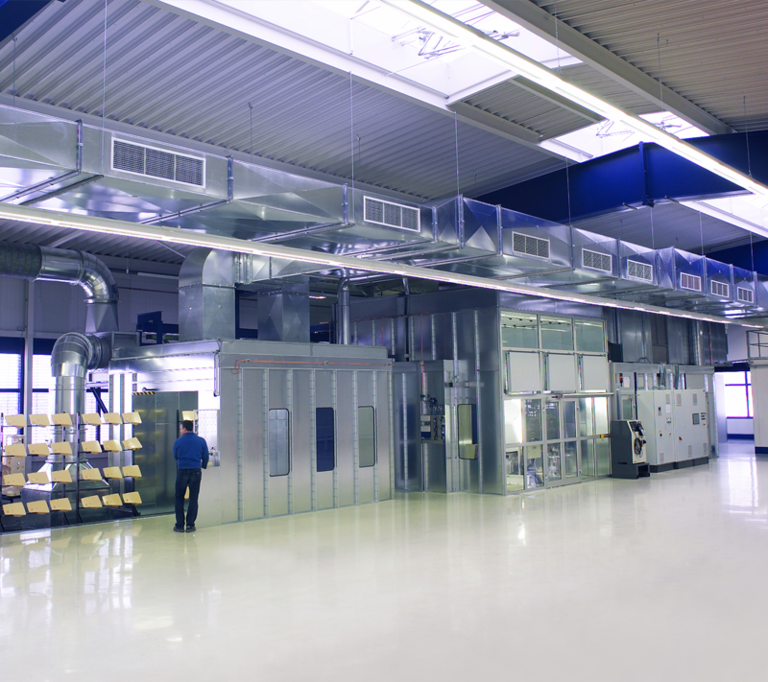
The Thieme solution:
- Water-based paint systems
- Fully automated painting process
- Process reliability through painting robots
- Consistent quality
- Excellent reproducibility
- Alternatively, small series can also be realized via manual applications
Your advantage:
- No deadline delays
- No supply bottlenecks
- No cost explosion
- 100% compliant with VOC guidelines
Paint types and applications
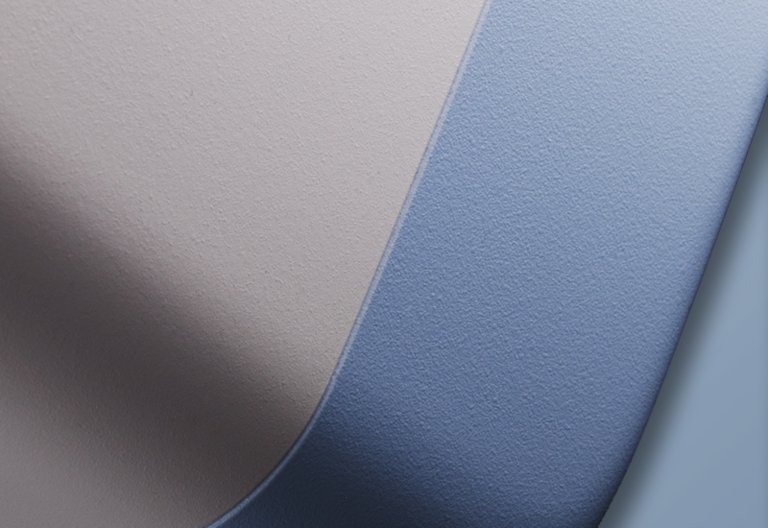
MICRO-EFFECT LACQUER AND TEXTURED LACQUER
- High abrasion resistance
- High chemical resistance
- Ideal coating for stressed surfaces
- Weather-resistant - can also be used outdoors without any problems
- Absolute freedom from glare
- Wide range of design possibilities
- Colour
- Gloss level
- Structure, scar and pearl texture effects
- Areas of application: High quality consumer and capital goods,
Beverage dispensers, display screen equipment, boiler cladding, switch cabinets, industry, for example for measuring instruments, medical equipment or machine cladding
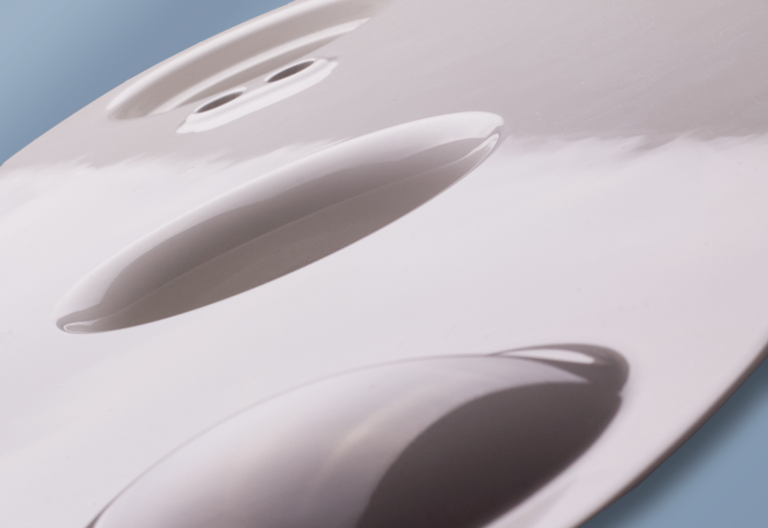
Smooth varnish
- Visually very high quality impression
- Underlines the product design
- Easy cleaning of the smooth and chemically resistant surfaces
- Semi-gloss
- Glossy
- Areas of application: Industrial trucks, solariums or medical-technical devices
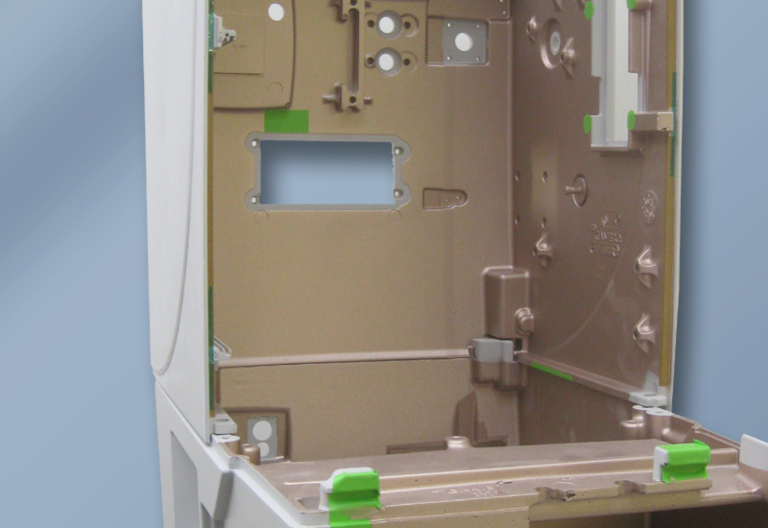
conductive lacquer
- Use required to comply with the European EMC Directive (electromagnetic compatibility) and also with international regulations
- Depending on the requirements (frequency, intensity, location, etc.) different types are processed
- The conductive lacquer is applied to the inside of the moulded part: Adhesion problems of the top coat are thus excluded
- Air and creepage distances are maintained by masking
- Contact surfaces of the component interfaces remain conductive due to masking, thus closing the "Faraday cage" of the device
- A low-resistance large-area connection of the moulded parts is already considered in cooperation with our customers during the development phase
- Areas of application: Measurement technology, medical technology, laboratory technology, control engineering, displays, monitors and
much more
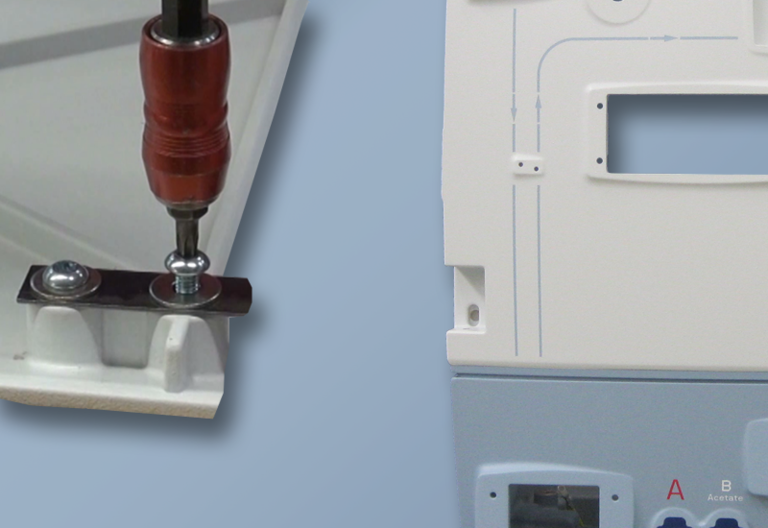
Printing, Foil application and mounting
- Printing process
- Screen printing (for flat surfaces)
- Pad printing (for slightly uneven surfaces)
- Bonding of the PUR moulded parts with foil applications
- Assembly work
- Threaded bushes and attachments of various types
- Assembly of housing parts (gluing and screwing)